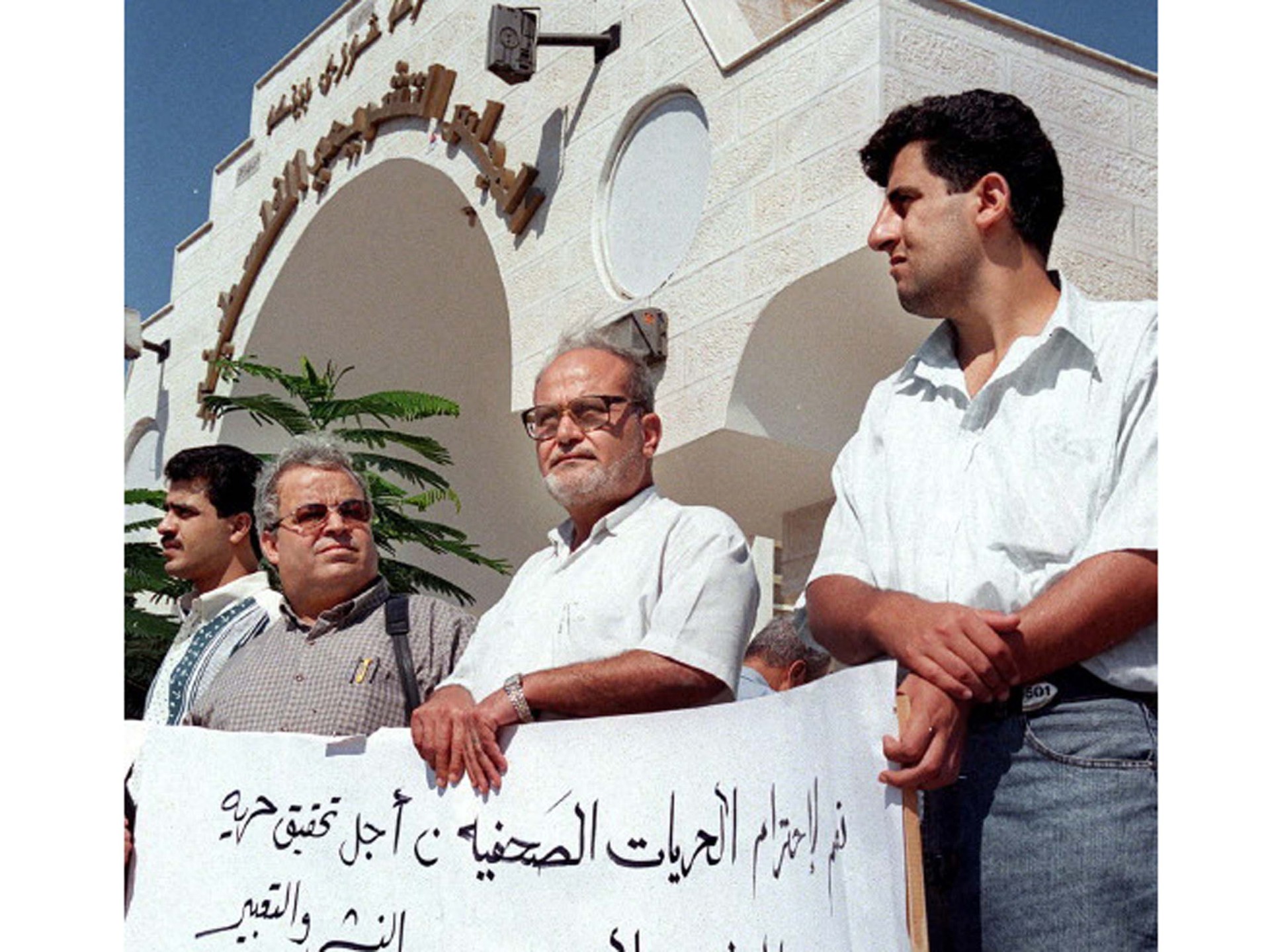Author: Unknown
Published on: 01/02/2025 | 00:00:00
AI Summary:
Shatha Al-Sabbagh, 21, was assassinated near her home in Jenin. Her family accused snipers from the Palestinian Authority of shooting her in the head. Just a few days after Al Jazeera’s assailment, the authorities in Ramallah banned the PA from reporting from the West Bank. Three weeks later, PA forces arrested Mohamad Atrash. Palestinian officer grabbed me, ripped my camera from my hands, and smashed it to the ground. The officer’s aggression only ceased when a group of women intervened, forcing him to retreat in a rare moment of restraint. Walking near the PA forces felt like stepping into a minefield. It was dangerous but predictable – much more so than the actions of the PA. Hamas did not operate within a system of coordination with Israeli forces to suppress journalism, but the restrictions journalists faced still created an environment of uncertainty and self-censorship. Any violation on their part, however, was met with swift international condemnation. From surveillance to campaigns of violence, they play a crucial role in maintaining the status quo, stifling any dissent that challenges their power and the occupation. In 2021, after the violent death of activist Nizar Banat in the PA’s custody sparked protests, its forces sought to crack down on journalists and media outlets covering them. In this context, the prospect of the PA returning to Gaza following the ceasefire agreement raises serious concerns for journalists who have already endured the horrors of genocide.
Original: 1055 words
Summary: 252 words
Percent reduction: 76.11%

